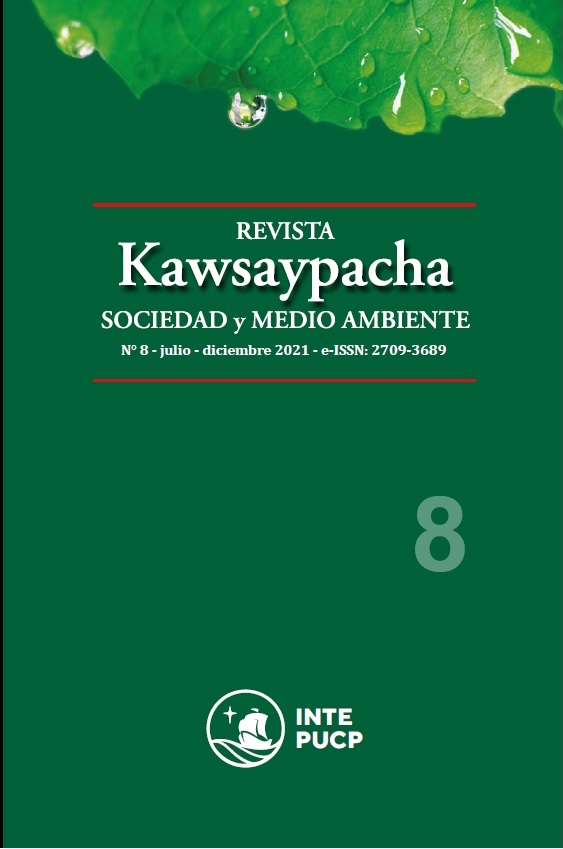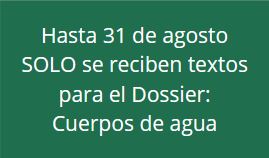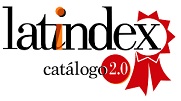Explorando percepciones del impacto del cambio climático en tres regiones en el Perú
DOI:
https://doi.org/10.18800/kawsaypacha.202102.005Palabras clave:
Cambio climático, Percepciones locales, Fotovoz, Poblaciones vulnerables, PerúResumen
El cambio climático es atribuido directa o indirectamente a la actividad humana y se considera como la mayor amenaza a la salud pública del siglo XXI. Tiene impactos sobre el acceso al agua, la alimentación, en la agricultura y medios de vida, y en la salud de las personas. El objetivo de este texto es evaluar las percepciones del cambio climático en niños, niñas, adolescentes, autoridades y representantes de organizaciones juveniles, de mujeres y que trabajan con la niñez en las regiones de Cusco, Loreto y Piura, en Perú. Para ello se realizó un estudio cualitativo que utilizó la técnica de Fotovoz con doce adolescentes y entrevistas a profundidad con veintidós actores clave. Para el análisis se utilizaron las narrativas en las fotos y el análisis temático de las entrevistas. En las tres regiones se identificaron cambios extremos en el clima. En la región de Cusco reconocieron el cambio de temperatura con sequías y heladas, mientras que en Loreto y Piura manifestaron aumento en la intensidad de lluvias. En general, estos cambios afectaron la agricultura. El cuidado del agua como recurso, tanto en su acceso y calidad, fue una gran preocupación para todos los participantes. El estudio concluye que no se identifica el concepto de cambio climático como tal, sin embargo, describen cambios y variaciones en el clima que afectan sus actividades diarias, en particular la agricultura. Un tema transversal a todas las regiones fue el cuidado y uso del recurso del agua. Además, los jóvenes se mostraron particularmente entusiasmados en colaborar en iniciativas futuras contra el cambio climático.















